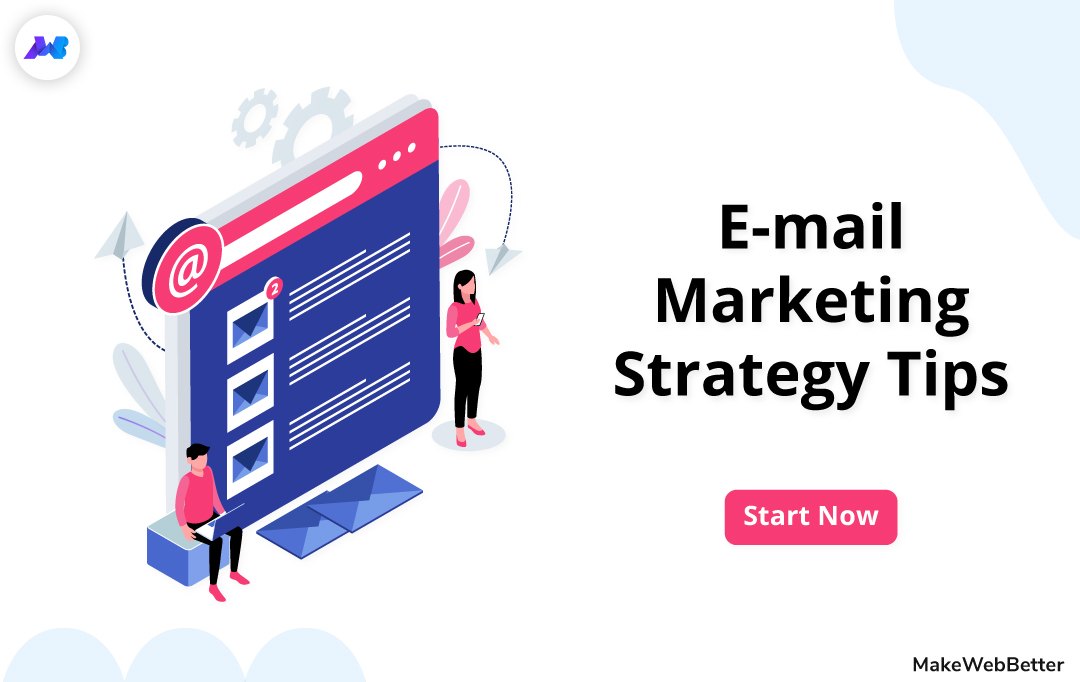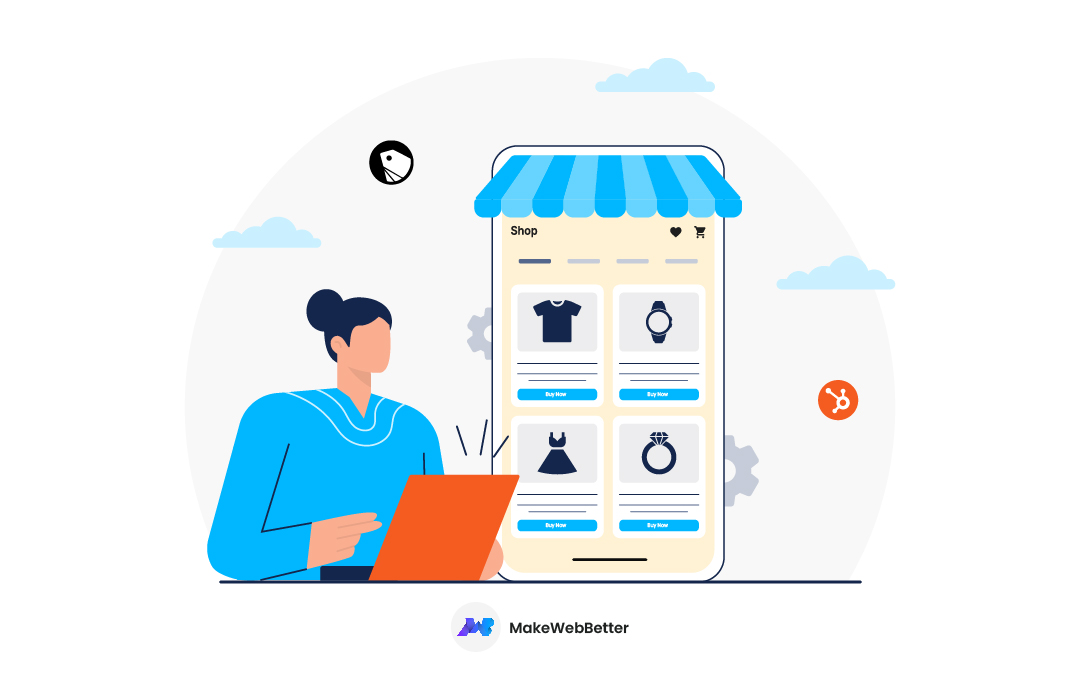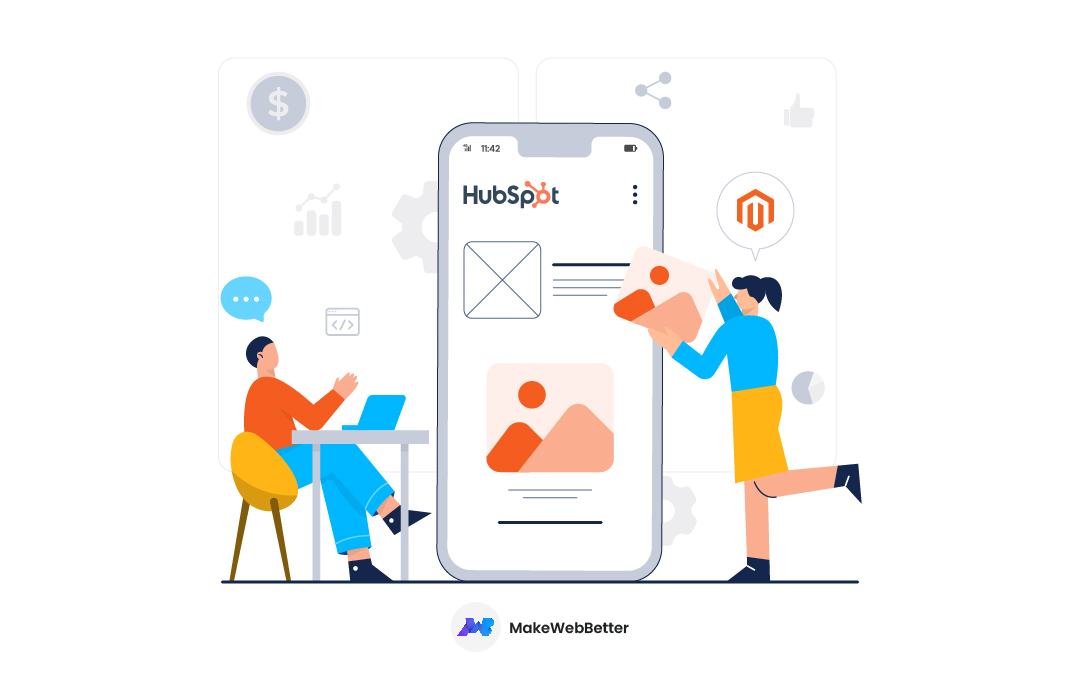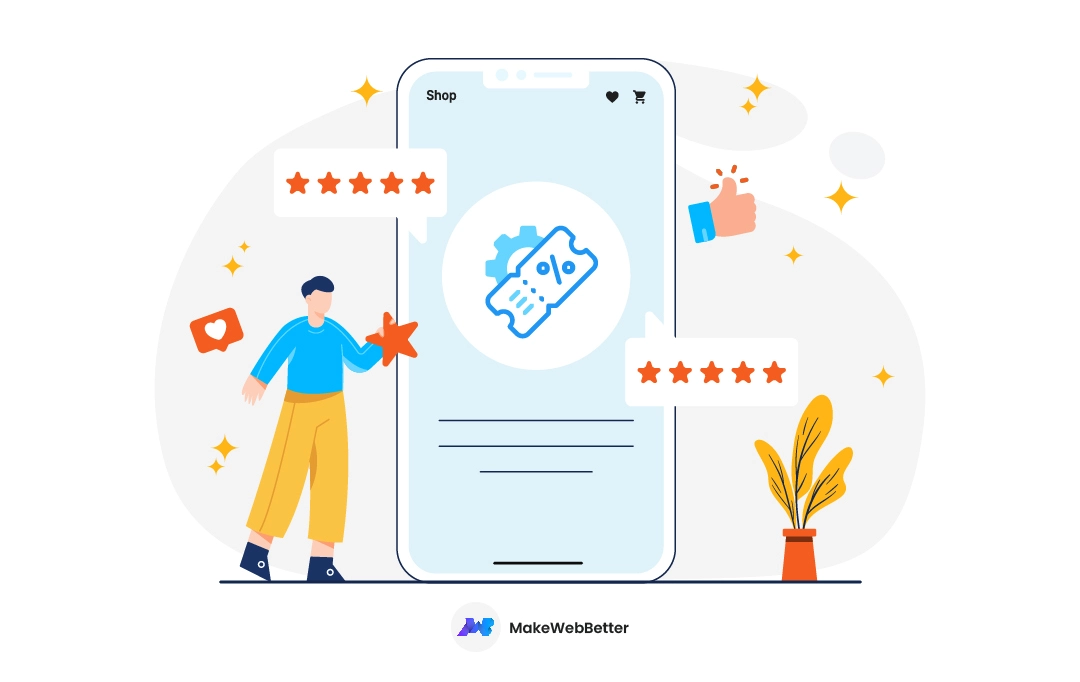When was the last time you sent an email? Now ask yourself what type of email did you send?
The email could have been a quick note to your co-worker, maybe a longer one to your boss, a personal email, or even sending out a marketing email to a segmented list of contacts.
There are many types of emails that are important to not only your professional life but to your personal life. They are important because you are engaging in conversation and communicating across all the different sectors of our lives.
Your personal emails are naturally in your voice, tailored, and personalized, but what about your email marketing strategy for your business? Your strategy can help you reach your audience, continue to nurture personalized relationships with them, and have conversations that help you and your customers grow.
“Doing email marketing” is not as easy as it may seem.
It’s not as simple as quickly drafting a message and hitting the “send” button. You have to build a healthy email list, make sure you’re complying with email regulations, and segment your contacts so you’re delivering the right messages to the right people, at the time.
Email marketing is now more than ever rooted in every part of your inbound strategy. Synchronize your CRM, contact database, and the information on your website, for a successful email marketing strategy.
Focusing on your contact data and contact segmentation will fuel your inbound marketing strategy.
How does email fit into the inbound methodology?
The first stage of the inbound methodology is Attract, where you’ll attract strangers and turn them into visitors.

This can mean many things for you, whether that’s learning how to grow your blog or understanding how to use social media to attract your audience.
These are all mediums for publishing and distributing content that people can choose to consume on their own terms, not channels for forcing people to engage with your message. And as technology continues to evolve and develop, there will be more and more mediums for you to use to attract strangers and convert them into visitors.
And once you’ve attracted your new visitors, the next step is to engage them by sharing information tailored to their goals or pain points.

It’s their choice as to whether they’re willing to share their contact information in exchange for access to your content.
You’ll use email to nurture your leads by sending them the right message, at the right time, every single time.
Email can continue to support your inbound efforts after someone is already your customer. You’ll use email to engage with and delight your customers and turn them into happy promoters of the products and services they love.

In our world today, trust is more important than ever. People develop trust with a brand through word of mouth, social media sharing, reviews, and blog posts. Your customers are the ones who will help you continue the buying process for others by sharing their experiences with their friends, family, and colleagues.
While our world today continues to evolve and new products and services appear daily, there are many ways to have conversations with your visitors, leads, and customers. Email marketing continues to be one practice that consistently fuels and delivers ROI for your business, and when it’s used properly, in collaboration with all the other conversational tools, you can build trust.
By creating a great email marketing strategy, you’re creating a sustainable, helpful, and human experience to develop relationships with your customers and help them grow.
Elements Of A Successful Email Marketing Strategy
There are three elements needed to build a successful email marketing strategy:
- The significance of segmentation
- The power of personalization
- The impact of data-driven analysis.
Let’s take a closer look at each of these.
Email remains at the heart of successful marketing, sales, and customer efforts, but competing for attention in the inbox has never been more challenging.
The Significance Of Email Segmentation
Segmentation is seemingly simple but important. Segmentation is what helps you send the right person the right message at the right time. Creating an inbound email experience and conversation means focusing just as much on the context of your message as the content you deliver.
The DMA found that 77% of email marketing ROI came from segmented, targeted, and triggered campaigns. Bringing context and content together helps you write the greatest emails in the world and make sure they connect with your audience and don’t waste their time or yours.
Segmentation, at its core, brings together two key inbound concepts:
- Buyer personas
- Buyer’s journey
Sending the right email at the right time to the right person means knowing who that person is and where they are in their buying journey.
Buyer personas are semi-fictional representations of your ideal customer based on real data and some select educated speculation about customer demographics, behavior patterns, motivations, and goals.
And the buyer’s journey is the active research process someone goes through leading up to a purchase. The buyer’s journey is made up of three stages:

Each stage represents the experiences your potential customers go through.
By using the information you have on your contacts in these categories, you will be able to create segments of people who want similar content.
Segmentation is the act of thinking in groups and creating these segments to send the most contextual messages.
Segmentation shows that context is just as valuable as content in your email marketing strategy. A second way you can add context to your emails is with personalization.
The Power Of Personalization
Take, for example, what Alex Williams, creative director at Trendline Interactive, states about personalization:
New machine learning and data science-based features and platforms will give email marketers the ability to harness their content and data to prophesize relevant information to mass audiences in a personal way.
You have the information needed to have a highly personalized conversation with your contacts. To effectively build trust with the people on the other side of your emails, you have to create a personalized conversation that engages them with content they’re interested in.
Personalization is so much more than adding the first name of the recipient to your email. It’s about creating a contextualized and individual experience. While there are many channels that will allow you to do this — and more are created each day — email is a channel that continues to offer so much room for creativity and experimentation in developing that highly personalized experience.
And if you’re connecting your emails with a contact database, you can continue to learn about your contacts and personalize even more. This type of email is called behavioral email. Behavioral email is defined as the practice of sending automated targeted emails to your contacts based on the historical interactions they’ve had with your company across channels.
And when you send a behavioral email, you’re creating a highly personalized experience for your contacts.
The Impact Of Data-driven Analysis
Analysis is one of the most important pillars you have as an inbound professional. In a world that is always changing, where your customers consistently change the way they live and work, analysis helps you evolve with them and not be left behind.
Your customers continue to want a frictionless experience. By analyzing your emails consistently and having email as one of the core parts of your inbound strategy, you will give your customers what they need to continue the conversation with you.
With all the information you have at your fingertips, with the behaviors of your contacts and from previous interactions with them, you are leaving money on the table if you are not consistently analyzing the data.
To implement data-driven analysis into your email marketing, you will want to keep in mind this framework:
- Track the metrics that matter – this will be different for you and your business than me and my business.
- Understand what those metrics indicate about the success of your emails – what is moving and improving vs. what is slowing down.
- And then third, apply what you’ve learned to optimize and improve each email you send.
These are the three pillars to drive your email marketing strategy. Remember to keep these in mind as you develop your plan.
How To Build An Email Marketing Strategy
Your email marketing strategy may look a little different from another company’s, but all email strategies need an implementation plan.
There are three things that every successful email marketing strategy should have in common:
- Software to implement and track your emails
- An understanding of your full-funnel conversations
- Setting clearly defined goals
These aspects are what will help you implement a sustainable strategy that yields growth and success for you and your business.
Software To Implement And Track Your Emails
It might seem obvious that having software is a part of your email marketing strategy. But understanding what you want that software to do for you and how it can help you be successful is a crucial piece of your overall strategy.
You will need an ESP, which is an Email Service Provider, you can use to send one-to-many emails. There are a ton of companies out there that do this. If you’re looking to trial an ESP, then check out HubSpot’s free email tool.
When evaluating ESPs, the most important thing your software should do is be connected to a contact database.
This does not just mean a place where your contacts are housed but also one that tracks both the qualities and behaviors of your contacts. If these two are connected, you will have all the information at your fingertips for personalization and segmentation, which are two pillars in the foundation of your email marketing strategy.
In addition, your software should be able to analyze your email sends, giving you deep information into what went well and what can be optimized. The software you use should be able to track email deliverability and send automated emails based on user activity to help you send the right email at the right time to the right person.
Your software should make your day-to-day easier and help you do everything from email to the other parts of your inbound strategy all in one place.
Great software will be able to drive and sustain your email marketing strategy and help you collect the right information to continually optimize your strategy.
An Understanding Of Your Full-funnel Conversations
Your contacts are not interacting with your emails in a bubble. They are also reading your blogs, engaging with you on social media, and even connecting with you via a chatbot. Understanding all the ways you are having conversations with your contacts will guide your email strategy. While I think we can all agree that email is a helpful marketing function, it can’t do everything.
You have to understand where email works and where other channels might work better.
Take, for example, the other day I was trying to have a conversation with my mom over Facebook Messenger. Sadly, I got no reply. It wasn’t the right channel, but when I emailed her, a reply came right back.
As inbound professionals, you want to be conversational with all the types of interactions you have with your prospects and customers. From emails, you send to messaging over live chat. Delivering the right information at the right time on the right channel is where you’re providing the most human and helpful experience and, in turn, creating the most value for your prospects.
Setting Clearly Defined Goals
This brings us to goals. Without goals behind your emails, you will not know if your emails are successful or not.
Settings goals for your email marketing strategy and then for each individual email you send will help you understand how successful your emails are.
If you do not know the goal of your email, then the person on the other end will not understand why they are getting the email either, which could lead to unsubscribes.
Setting goals in all parts of your inbound strategy is important – define why you are doing something.
Bestselling author Simon Sinek states this well: “People don’t buy what you do but why you do it.” To learn more, check out the video below:
Setting goals will help your contacts understand why you are sending the email and why you do what you do. Your email marketing success relies on being human and helpful every time you hit send.
While your business’s email marketing strategy might look a little different from another business, applying these three things will help you implement your email marketing strategy:
- Software to implement and track your emails
- An understanding of your full-funnel conversations
- Setting clearly defined goals
Email continues to grow and evolve in our changing world. It might not be the new and shiny thing, but it’s what works for having highly personalized and contextual conversations with your contacts.
Matt Blumberg founder of ReturnPath states that “Reaching the inbox isn’t your goal — engaging people is.” Creating these conversations and engaging with your contacts is how you will create a successful email marketing strategy that will help your contacts grow and in turn, help you grow your business.










Very informative blog and easy to understand
I hope this blog will help you create your strategy. Thanks for reading.